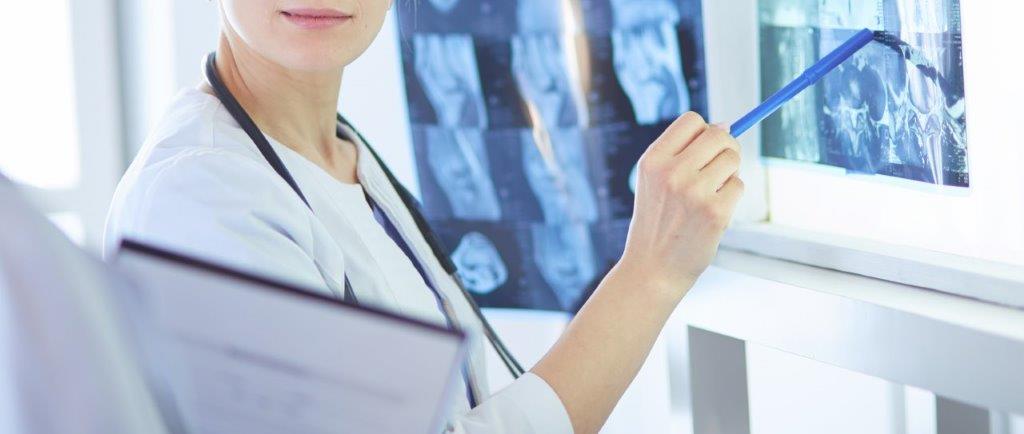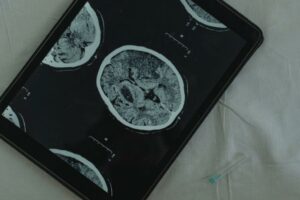Throughout history, it has been possible to track a significant change in people’s lives regarding health in recent years. A great concern with quality and lifestyle, has been making healthier habits and the demand for routine exams and regular visits to the doctor, increased significantly.
With this constant evolution in the world, and with the emergence of some innovative technologies, we have acquired greater reliability, practicality, and agility in our daily lives. And in radiology it couldn’t be different, every year methods and equipment capable of helping both the clinical team, doctors, nurses, and technicians on their work days, and the patients, who can have access to a better quality and more agile medical treatment, emerge.
Therefore, our goal here is to present the main trends and innovations in radiology in 2023.
Artificial Intelligence (machine learning)
Artificial intelligence (AI) refers to machines that are able to interpret external data and perform complex and intelligent tasks, and that over time can improve themselves based on the information they collect.
In the medical field, radiology professionals are generating great expectation with AI, an innovative technology that promises reduced data reading time, greater agility, increased exam accuracy, and more effective diagnoses.
This technology has as its main objective to improve and assist radiology professionals, minimizing repetitive exercises and contributing to the working conditions. In other words, the professional will have the support of technology to solve several demands, having his work even more perfected.
Therefore, this is a reality that will add substantially to the benefits for professionals, patients, and even companies.
Cloud storage
Cloud storage is a technology that allows users to store files and data on the Internet through high-availability servers. Basically, you store the data that was saved on your machine’s hard drive, on another device, and can access it not only from your machine, but from any other, anywhere in the world.
In teleradiology, this technology is extremely important, and has been gaining strength over the years. The images, reports, and other documents stored in the cloud gain more speed in access and protection, having a greater practicality and economy, compared to the storage of these printed documents.
With remote access, radiologists can access the images from anywhere, even when they are not present in the clinic or hospital where they work, having greater speed in completing the reports.
Hybrid Methods
Hybrid methods are when two or more types of technologies are combined in diagnostic medicine. This type of examination has been one of the main innovations in radiology in the modern era, allowing a greater reach of these methods.
An example of this method is PET/CT, which is equipment that in conjunction with the diagnostic resources of nuclear medicine (PET) that analyzes the metabolism of structures, and radiology (CT) that evaluates the anatomical images. This combination enables better visualization of alterations in radiological exams.
The main benefits of these methods include greater efficiency, precision and more agility in the diagnosis and initiation of treatment of various pathologies, in addition to reducing costs by using a single diagnostic method. Therefore, these types of methods will be increasingly used by radiologists and in today’s day-to-day medicine.
5G Internet
With the constant evolution of technology and especially the demand for faster internet access, the fifth generation of mobile networks was created, replacing the fourth generation (4G).
This new technology will leave our mobile devices an even faster and more consistent connection, a latency close to zero, which will revolutionize communication. We can cite some examples of 5G’s benefits, such as: live streaming media, autonomous cars, and IoT (Internet of Things) that require high-speed and reliable data connections.
For the healthcare field, the quality of the Internet will further increase the empowerment of resources, where patients will be able to have greater and faster connectivity for viewing test results and radiologists will have the power to send and transmit a greater number of images faster and more securely, one of the innovations in radiology that will undoubtedly add greatly in all aspects.




